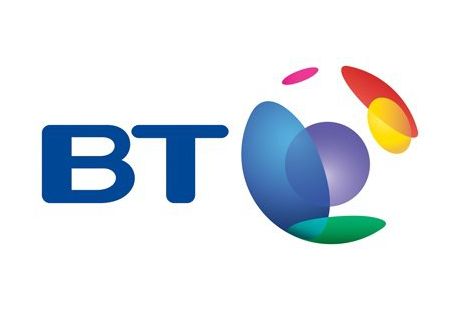The quality of any company's communications services is ultimately determined by the nature of the network infrastructure that supports them. In this respect, the good news for UK business is that the country's dominant carrier, BT, is building an entirely new national network for the Internet age.
Indeed, the £10 billion, five-year 21st century network (21CN) project that BT announced last year is expected to catapult the UK's national telecoms network to the top of the global technology infrastructure pecking order. When it is completed, sometime in 2010, BT will become the first national telco to own and operate a pure Internet protocol (IP) network. At the same time the UK, by implication, will become the first country in the world to ‘switch off' its public switched telephone network (PSTN).
The significance of this to UK business telecoms users should not be underestimated. For the last four decades, enterprises have struggled to match their increasingly data-centric, digital communications requirements against a public network infrastructure that was designed to support analogue voice services. To do so has involved the use of a constantly shifting and complex mosaic of different network services.
Getting the most out of a kaleidoscope of raw leased-line bandwidth, integrated services digital network (ISDN) dial-up links, frame relay overlay networks and asynchronous transfer mode (ATM) switched systems has been neither simple nor cheap. Each service has had to be separately procured; separately provisioned; separately managed; and separately billed and paid for. But not any more.
In theory, 21CN will cure this nightmare of operational and management complexity at a stroke. Multiple individual networks running arcane telecoms switching protocols will be replaced by a single, logical network based on IP. In essence, the UK is swapping the analogue dial tone that has greeted the ear of voice callers for more than 100 years, with a ‘broadband dial tone' geared to the ‘voices' of digital devices.
Customers will still be able to access different types and standards of service over this logical network: including end-to-end ethernet for those with big throughput appetites and subtler, application-sensitive services based on multi-protocol label switching (MPLS), for others. Now though, all of these services, including voice and video, will be accessible at all points of the network via branch exchange devices known as multi-service access nodes (MSANs).
Every UK business stands to benefit from this – not least BT itself. BT expects 21CN to reduce its operational costs by around £1 billion a year, and to provide its business units with a more flexible, responsive platform on which to build new services – and hence respond more quickly to shifting market demands. To what extent customers and business partners will be able to share directly in these benefits remains to be seen.
In theory, the greater flexibility of 21CN ought to make it easier and cheaper for other operators to launch new services based on BT's infrastructure, raising the prospect of a new era of communications service innovation in the UK. In practice, a lot will depend on how successfully Ofcom can strike a balance between allowing BT the fruits of its investment, whilst also ensuring that 21CN's advantages are not unfairly reserved for the benefit of BT and a few chosen partners – such as Microsoft.
Much the same can be said of BT's relationship with its business customers. So far, in its promotion of 21CN, BT has talked about giving customers greater control and faster access to services. At some point, this should translate into fully self-provisioning services: allowing customers to dynamically, and automatically, access bandwidth, storage or whatever other physical and logical resources BT and its partners are able to offer over the network.
But how quickly that point is reached will depend on how fast BT can develop the management systems needed to control, meter and bill for them and, critically, how quickly BT's competitors can force its hand.







